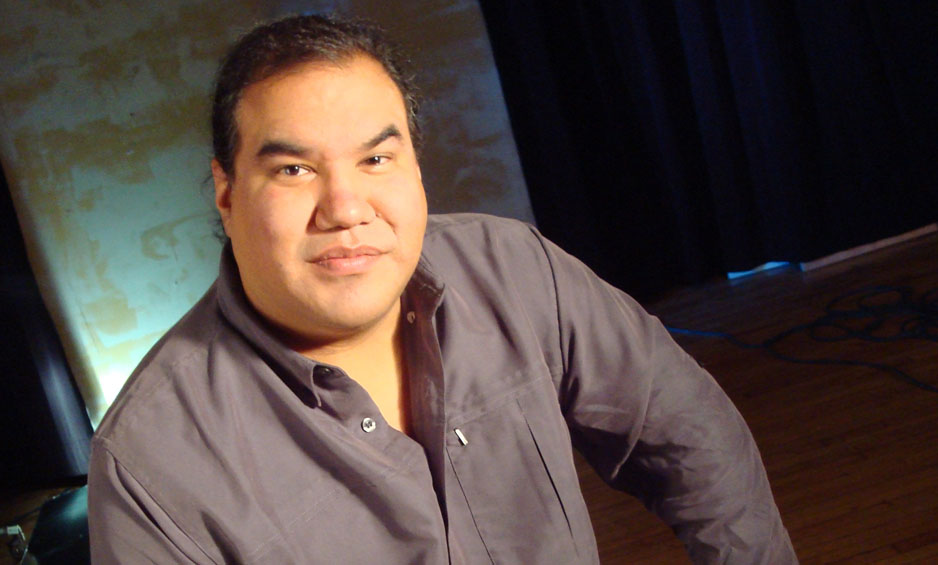 |
| Chris Eyre on Set
[Excerpt from Smithsonian Article "Youth Renaissance for Native Americans"] The dismal portrayal of Native reservations is inaccurate and harmful. The media focus solely on poverty and the cycle of oppression. What most outsiders don’t see is the laughter, love, smiles, constant joking and humor and the unbreakable strength of the tribal spirit that is there. Some reservations are strongholds of community, serving the needs of their people without economic gain but with traditions leading the way. My hope is that Native evolution will be driven by a reinforced traditionalism passed down from one to another.
There is a calling not taught in religion or school; it is in one’s heart. It is what the tribe is about: to give to the cycle; to provide for those older and younger. My daughter knows it, just as she knows the natural beauty of seeing the clouds coming in the spring.
Read more: http://www.smithsonianmag.com/specialsections/40th-anniversary/A-Youth-Renaissance-for-Native-Americans.html#ixzz2TF5TvBpw |
So when Moose and I met Chris Eyre in class, there were too main takeaways. 1. This guy loves what he does and wants to help pass it on to other Native Americans. 2. Chris wants Native tradition not to get lost and his movies serve as a way to help preserve the culture and he wants the youth to take pride in their Heritage.
Chris is doing a lot right now to help extend the role of Native film making in an effort to have more Native filmmakers tell the stories and traditions of their people. Though Chris doesn't necessarily make traditional documentaries, he is helping pave the way for other Native Americans to get involved in film and media.
Chris is the chair at The Film School of Santa Fe University. His role at the school sends a message to the youth that we're sure will encourage many young Native Americans to get involved in this new form of storytelling.
Native Americans have always had a strong emphasis on tradition and story telling. Chris wants this to continue and in the 21st century what better way to continue this tradition of story telling than through modern forms of media such as film.
We here at NativeAmericanHollywood applaud Chris' effort to keep the tradition going, especially through new and exciting forms of media. Chris is at the forefront of Native American cinema and we're expecting him to continue to give back to his culture and help further tribal pride among the next generation of Native Americans.
-J-Dog and Moose
-J-Dog and Moose


 (Pictured: Chris Eyre... looking bad ass.)
(Pictured: Chris Eyre... looking bad ass.)
 (Pictured on left: Smoke Signals/ Pictured on right: Director Chris Eyre in action)
(Pictured on left: Smoke Signals/ Pictured on right: Director Chris Eyre in action) (Pictured: Native American director Chris Eyre)
(Pictured: Native American director Chris Eyre)